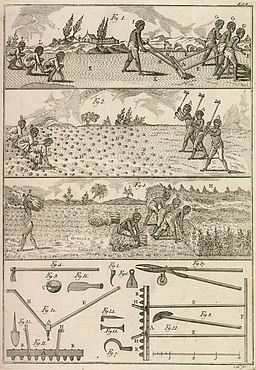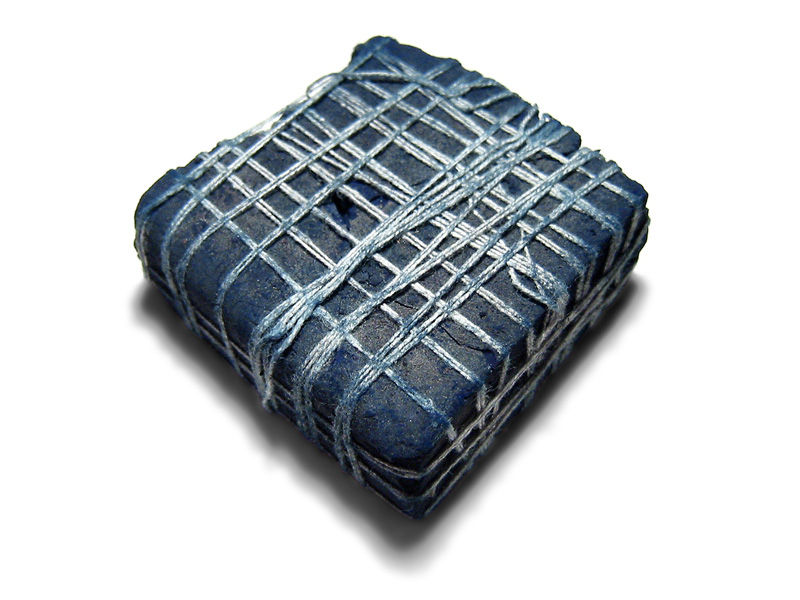The story of the White Witch of Rose Hall in Jamaica is a huge tourist attraction for the beautifully restored Great House of Rose Hall. The story goes that Annie Palmer murdered her several husbands and numerous black lovers and was eventually murdered in her bed by the slaves she had tortured and cruelly treated. Having come from Haiti and being brought up in the traditions of voodoo, it is said she haunts the place to this day.
Before we go into the detail of the story let me tell you a cautionary tale. Some years ago a historian of science was interested to read in an academic paper that the ancient Greeks had discovered photochromic chemicals, which meant that a piece of cloth dipped in the liquid would change colour according to the light. Intrigued she checked out the reference in a respectable academic journal, and found that paper referred to another one. Finding the second paper she tracked the reference to yet another respectable academic journal. The trail eventually led through a series of about a dozen academic papers back to its source – a university student Rag Mag which told the story of how Alexander the Great had dipped a piece of cloth in the chemicals and wound it round his wrist, the cloth changing colour according to the time of day. It was known as Alexander’s Rag Timeband!
The moral of this tale is always check your sources, and always if you possibly can go back to the original.
So it is with the White Witch of Rose Hall. If you go online you will find lovely footage of the house as it is today and numerous references to the story which has done wonders for the tourist trade in the area. But for those interested in the real background, it is a case of never let a good story get in the way of the truth.
It is no wonder there was confusion once the tale had become current, for there are two estates in Jamaica called Rose Hall (one near Linstead and this one at Montego Bay), two John Palmers with four wives between them, and Rosa Palmer who was herself married four times. It is sometimes said that Rose Hall was name after Rosa, but it is more likely that, like the other Rose Hall near Linstead, the root lies with the Rose family with whom Rosa’s husband John Palmer was connected.*
Rosa’s first husband was Henry Fanning who began to build the first Rose Hall but died in 1747 less than a year after their marriage. Next she married George Ash in 1750 who died about two years later having spent £30,000 building Rose Hall; and thirdly Norwood Witter who seems to have spent her money and died leaving her to sort out his debts about twelve years later. There is nothing suspicious about any of their deaths, and eventually Rosa married the widowed John Palmer who owned the neighbouring Palmyra estate and who outlived her. They were happily married for nearly twenty-three years and Rosa was seventy-two when she died in 1790. Her husband created a splendid marble memorial to her and he lived until 1797, having married his third wife Rebecca Ann James two years after Rosa’s death. However he had extensively mortgaged the Rose Hall and Palmyra estates, and both properties were no longer lived in when he died at Brandon.
The widowed Rebecca Ann left for England where she re-married, living on an annuity funded by her former husband’s estates which had passed to his two sons by his first wife, absentee landlords who lived and died in England.
Enter the second John Palmer and the fourth Mrs Palmer in this story – the one to whom the legend now attaches. John Rose Palmer was a great nephew of the owner of Rose Hall and in 1820 he married Annie Mary Paterson, a Jamaican of Scots descent, who was not brought up in Haiti and of whom nothing unpleasant is known. The huge debts on the Rose Hall and Palmyra estates were too much for John Rose Palmer to recover from and the properties passed into the hands of the receivers, having been empty and cared for by just one or two slaves for many years. Thus when John Rose Palmer died in 1827 his wife sold out what little interest she still had in the estate for £200. She died in 1846, a good decade after her supposed murder, leaving what little she had to her god-daughter Giolia Mary Spence.
So how did two perfectly blameless women and their several husbands come to be attached to a tale of lechery, torture and murder?
A Falmouth newspaper editor published a pamphlet in 1868 containing most of the ingredients of the tale, but linking it to Rosa Palmer rather than Annie. Others then pitched in with different versions, supposed family memories, hearsay and third hand accounts. By 1911 a book on “Old St James” had transferred the blame to Annie Palmer and claimed her husband’s fate was unknown, which was clearly untrue since his death was reported at the time in the Royal Gazette and in the Kingston Chronicle and, his obituary read “His intrinsic worth, kind heart, and generous disposition obtained him the esteem of all his acquaintance, but to his family, and those friends who had the pleasure of being intimate with him, his loss is irreparable.”[1]
The legend became complete and fact and fiction inextricably merged, with the publication in 1929 of the novel “The White Witch of Rose Hall” by Herbert G. de Lisser. In the 1960s various serious and successful attempts were made to establish the facts behind the legend, those by Geoffrey S. Yates and Frederick J. DuQuesnay are republished on the Jamaican Family Search website and a third by Glory Robertson is in the Jamaica Journal.
For anyone researching a family story with lurid details, the White Witch provides a cautionary tale – always go back to the original sources. The real story may differ from the legend, but may be no less interesting.
Unoccupied and unloved for 130 years Rose Hall Great House declined and was in a state of near collapse, as sadly are so many of Jamaica’s great eighteenth century mansions, but unlike many others it was rescued and restored between 1966-71 by John Rollins and his wife which shows clearly what can be done with buildings others have thought impossible to save.
Rose Hall Restored
And if its continuance depends in part on a legend with no basis in fact? As I said earlier – why let the facts get in the way of a good story?
[1] http://jamaicanfamilysearch.com/Samples2/mpalmer.htm
Rose Hall Restored – By Urban Walnut (Own work) via Wikimedia Commons.

















